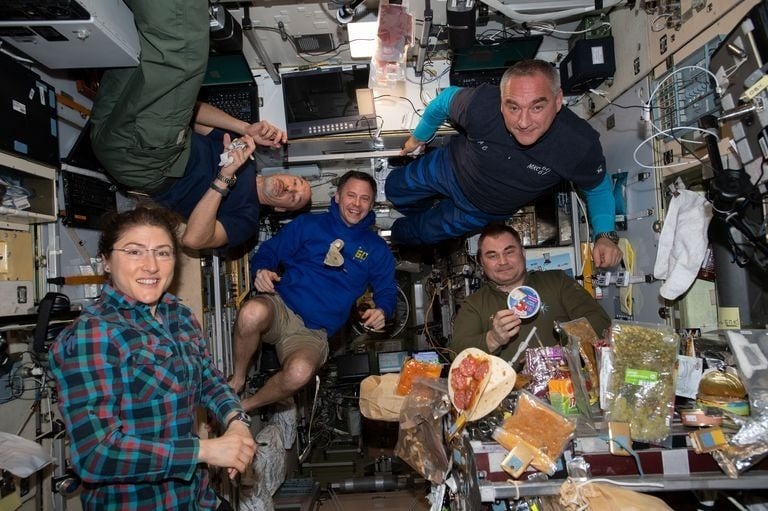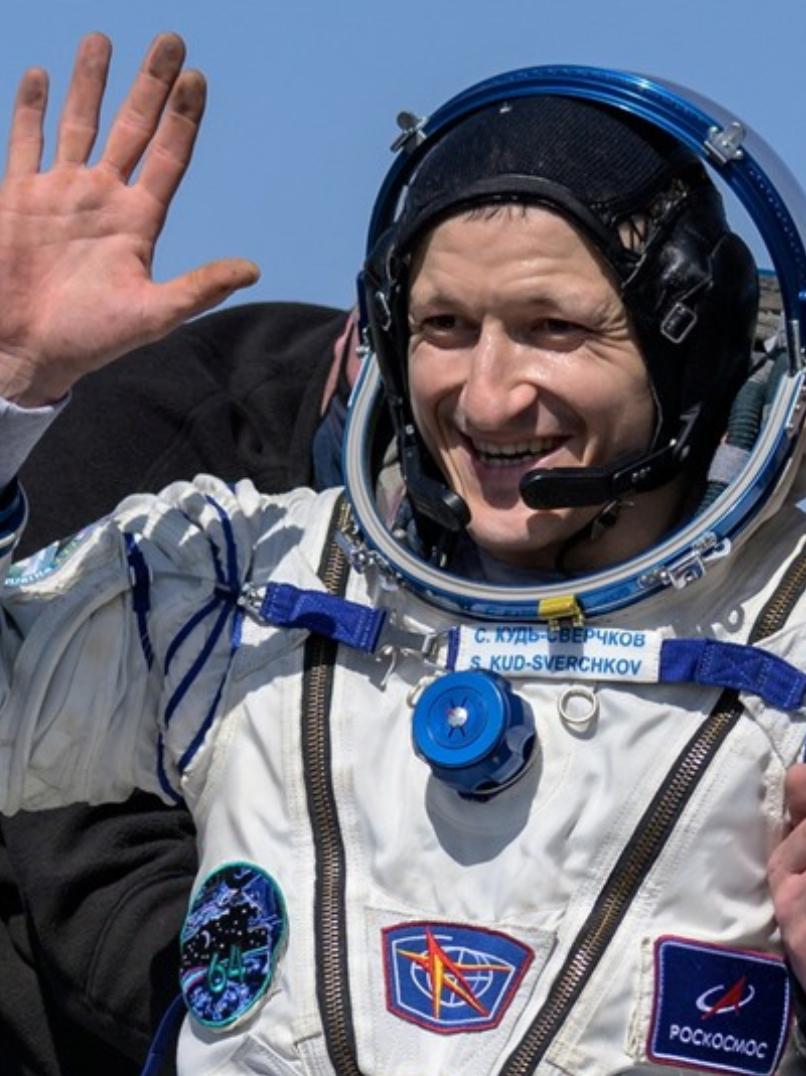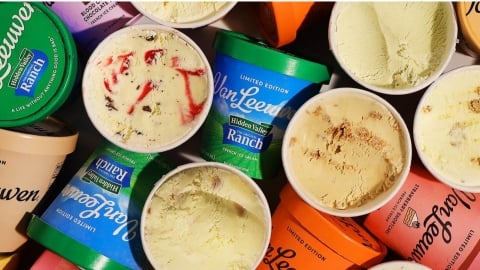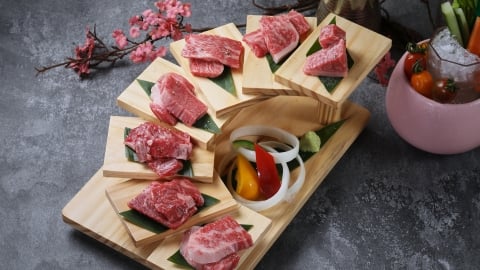Living and working in microgravity requires culinary ingenuity and creativity. Did you know that bread is not allowed on the International Space Station (ISS)? This is because it creates unmanageable crumbs as it floats around the space station. Or that your taste buds might change in microgravity? A favorite food on Earth might taste terrible in space.
HISTORY OF SPACE FOOD
In the early days of spaceflight, astronauts would consume mashed potatoes from tubes and dry cargo blocks. Astronaut John Glenn was the first person to eat in space, proving that swallowing and digestion were possible in microgravity. During the Gemini missions, astronauts began consuming freeze-dried food and powdered drinks, which they rehydrated with cold water before consumption.
The Apollo program continued to use freeze-dried food and beverage powders, but with hot water added if desired. These meals, similar to the “Meals Ready to Eat” (MREs) used by the US armed forces, are still used today, but with improved taste, texture, and selection.

Strange how humans eat in space
The space race is accelerating. Nasa plans to send astronauts back to the Moon in the next two years. The International Space Station (ISS), which was designed to operate in orbit for 15 years but is now in its 26th year, will soon be replaced.
“Food is what keeps astronauts sane. Good, varied, individualized food is essential for a successful space mission. I think people underestimate its importance,” said Dr. Sonja Brungs, Deputy Chief of Astronaut Operations at the European Space Agency (ESA).
FOOD PREPARATION PROCESS
Food for NASA's current astronauts is prepared and packaged at the Space Food Systems Laboratory at Johnson Space Center in Houston, Texas. There, astronauts select the meals they want for their missions.

"Mysterious" foods of astronauts in outer space
The lab produces nutritious food that ensures the health and peak performance of the crew, and is a key facility for research and development of meals for long-duration missions of up to five years. Long-duration spaceflights require space food to have a long shelf life, meaning it can be safely eaten after months or years at “ambient” or room temperature.

Foods are processed in the form of frozen and dried pellets.
Other common processes to ensure the longevity of space food include thermal stabilization, which exposes the ion or pouch to high temperatures and pressures, and irradiation, which exposes the food and packaging to ionizing radiation. Both processes eliminate bacteria that can spoil food, affecting its shelf life and rendering it unfit for consumption. Astronauts can also eat regular food in its natural form, such as nuts, granola bars, candy, cookies, etc., which are repackaged at the Space Food Systems Laboratory.
Most people don’t imagine that gravity affects our sense of taste. It turns out it does, but indirectly. When floating in microgravity, our body tissues become more evenly distributed rather than being pulled down to our feet and legs. This is what causes astronauts to have puffy or rounder faces.

As space science develops, astronauts' menus do not stop at ensuring adequate nutrition.
In addition to puffy faces, the lack of gravity can also lead to congestion, even in perfectly healthy astronauts. If you’ve ever eaten with a cold or plugged your nose when you’re supposed to eat something you don’t like, you know that smell is essential to taste. This congestion makes it hard to smell, and food tastes different or bland. Because of this, astronauts tend to prefer foods with strong flavors, especially sweet, salty, bitter, and especially spicy.
PREPARING FOR THE FUTURE
In 2021, Nasa launched the Space Food Challenge to explore new ways of growing food with limited resources, reducing waste, and providing safe, nutritious and delicious food that can survive long-term missions in space.
Helsinki-based Solar Foods was one of eight companies to make it through to the final stage of the competition. Their remarkable idea is to use space waste to create protein.
Solar Foods' protein can be turned into a paste or powder, then mixed with flour and other common food ingredients to create protein-rich foods like pasta, protein bars, and even chocolate. Experiments are ongoing to see if it can be mixed with oil and turned into steak-like textures using a 3D printer.
Fresh food is also a consideration: while vitamin pills might help, astronauts need fresh produce. Experiments continue to explore how to grow vegetables in this unique zero-gravity, sunless environment. The ISS has its own small vegetable garden on board, where astronauts study plant growth in microgravity.





































